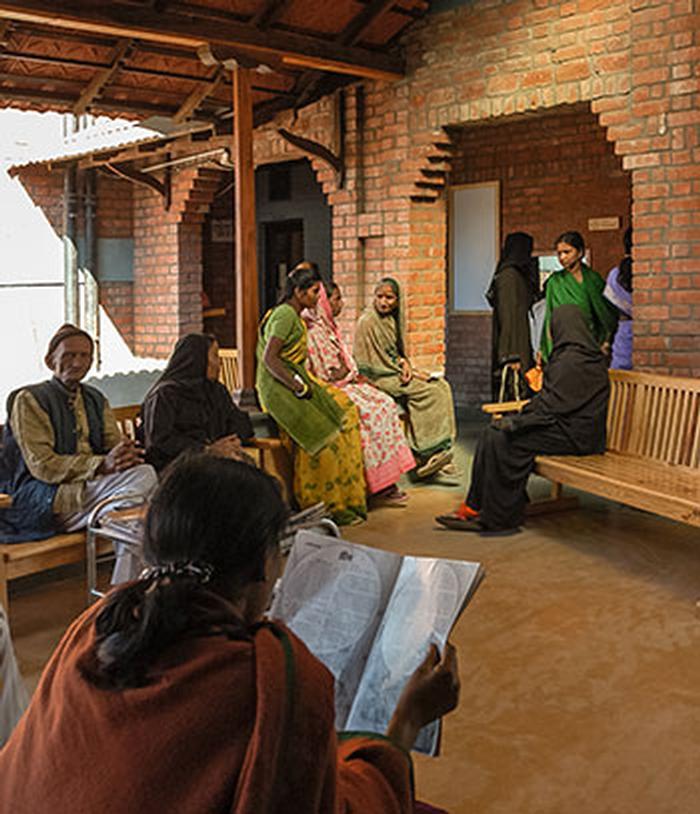Rhiddhit Paul and Abhradeep Chakraborty - ProposalNests for a Phoenix: Building Life After DeathPreface: 4 An architecture student's emotive analysis and a planning student's rational response is combined to deliver a holistic approach to decipher the layered physicality of civic buildings. Proposal: December 3, 1984. Bhopal, Madhya Pradesh. There is no community. By nine in the morning thousands of bodies line the streets. Thousands more line the back of trucks, unidentified, being sent for dumping in the Narmada river to keep official death counts low. The city is eerily quiet. The explosion of the Union Carbide Plant the night before had taken merely hours to destroy families. There is ash everywhere. The Methyl-isocyanate that had trickled through the air has already taken the lives of 20,000. 30 years later, its effects will still be felt by 150,000 and evident in the contaminated soil and water around. September 2, 1996. There is hope for a community. Twelve years after the incident, Sambhavna Trust is founded in order to help those affected by the tragedy. In 2005, a clinic is started 1km from the Plant. It becomes a beacon of hope and identity for the victims. Located on two acres of land, it is an example of socially and environmentally-aware architecture that functions to provide free treatment to gas and water contamination victims, and encourage new approaches in healthcare. Designed by GoodEarth, it combines medicinal herb gardens with a vernacular brick shelter of courtyards, libraries and dormitories for global volunteers. Sambhavna Clinic lives up to its name - 'possibilities'. December 3, 2014. There is voice for a community. Bold words are painted upon a white wall - 'Union Carbide you can't hide. We charge you with genocide.' A few hundred meters from the clinic, amidst a colourful residential society, one structure screams of contradictions. Clad in black and white, the 'Remember Bhopal Museum' represents layers of complex emotions - despair, anger and hope. A converted house in the heart of the affected area, the museum was formed and curated by survivors and family members of victims. The architecture is simple, yet the rooms tell tales of deceit unforgotten. We step back outside and Bhopal has new meaning. The community has spoken; it exists. The notion of ‘community’ is no less than that of life. It is an autopoietic machine - self-emergent and self-organizing. Its components - the people and their world views continuously regenerate and reinforce the perceptive processes that produce them. Civic architecture must do much more than simply provide a gathering space. Physical form must partake in the creation of a new consensus reality. The space must be one which instils cognitive growth, allowing the self to be perceived not just as an independent entity, but as a unit in a larger pattern of consciousness. Both pieces of architecture manage to alter the perception of the authors as individuals residing in Bhopal. This alternate view not only makes them aware of a community, a 'Phoenix', living among them, but essentially integrates them into an existing pattern of thought. The 'Phoenix' is thus nourished by the 'Nest' and society is reborn. Additional Help and InformationAre you in need of assistance? Please email info@berkeleyprize.org. |
|


